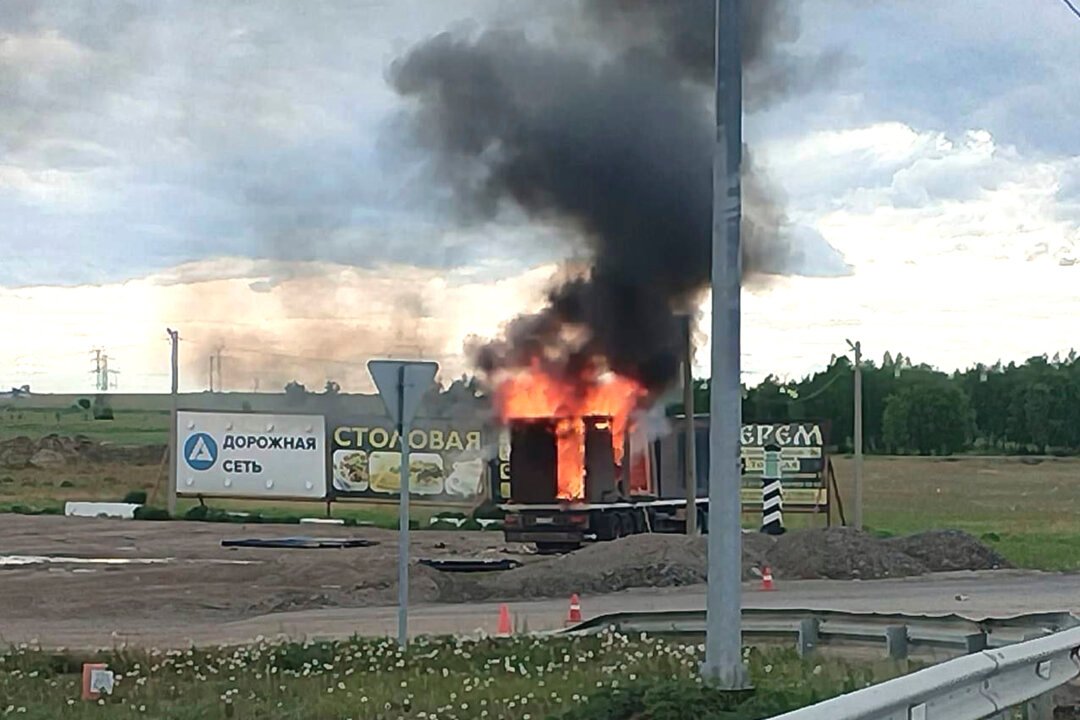
A daring, long-range Ukrainian drone strike targeting multiple strategic Russian airbases has sent shockwaves through the conflict, raising crucial questions about the future of negotiations and the war’s trajectory.
The June 1st operation, dubbed “Spiderweb,” represents the most ambitious attack on Russian soil to date. Initial assessments suggest the damage inflicted on Russia’s nuclear bomber fleet could reach billions of dollars. This unprecedented assault, overseen by President Zelenskyy himself, has significantly escalated tensions.
Zelenskyy’s comments on June 2nd directly linked the attack to the prospects of a ceasefire. He stated that “Russia must feel what its losses mean. That is what will push it toward diplomacy.” This bold statement suggests a new, more aggressive Ukrainian strategy focused on inflicting pain on the Russian homeland to force concessions at the negotiating table.
The effectiveness and relative low cost of the drones used in this operation are also noteworthy. This raises important questions about the future of asymmetric warfare and the potential for cost-effective technologies to dramatically alter the battlefield.

